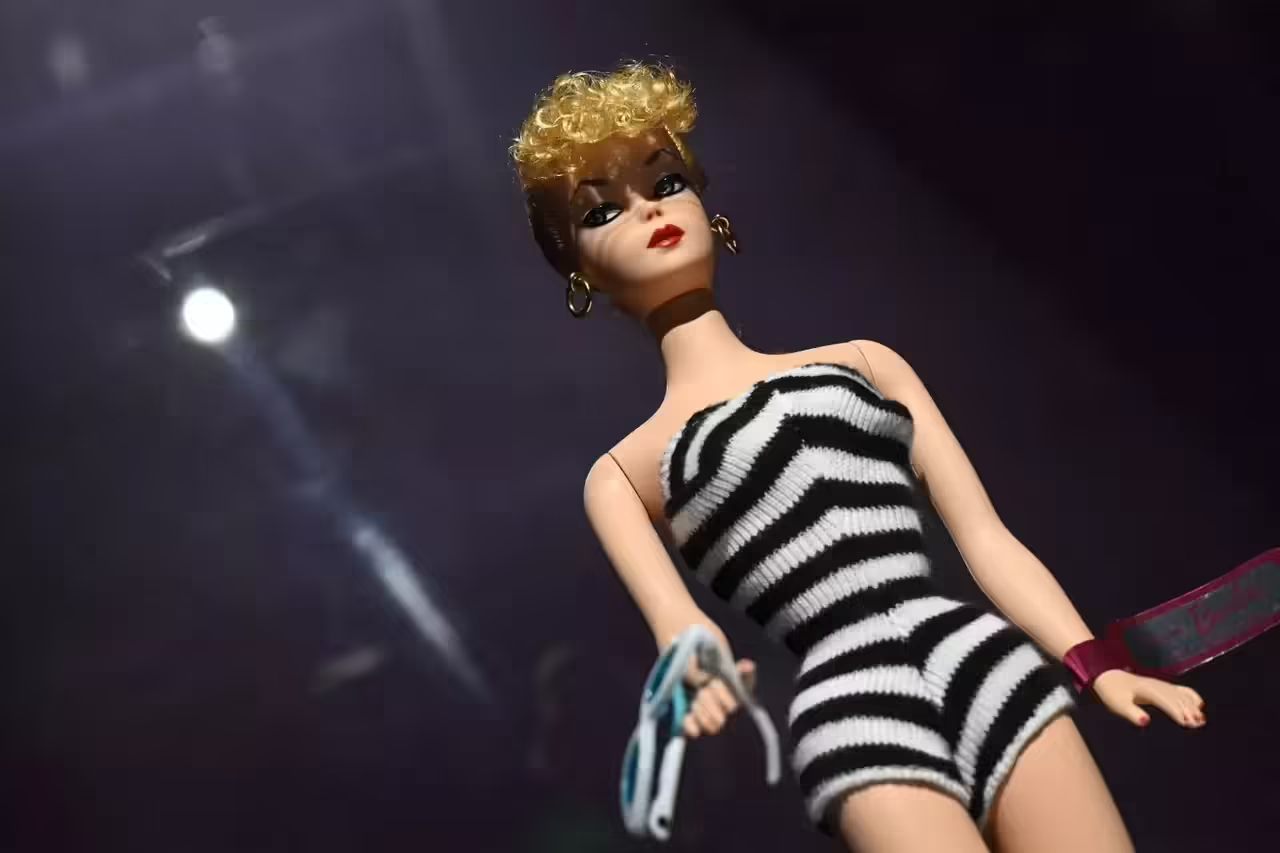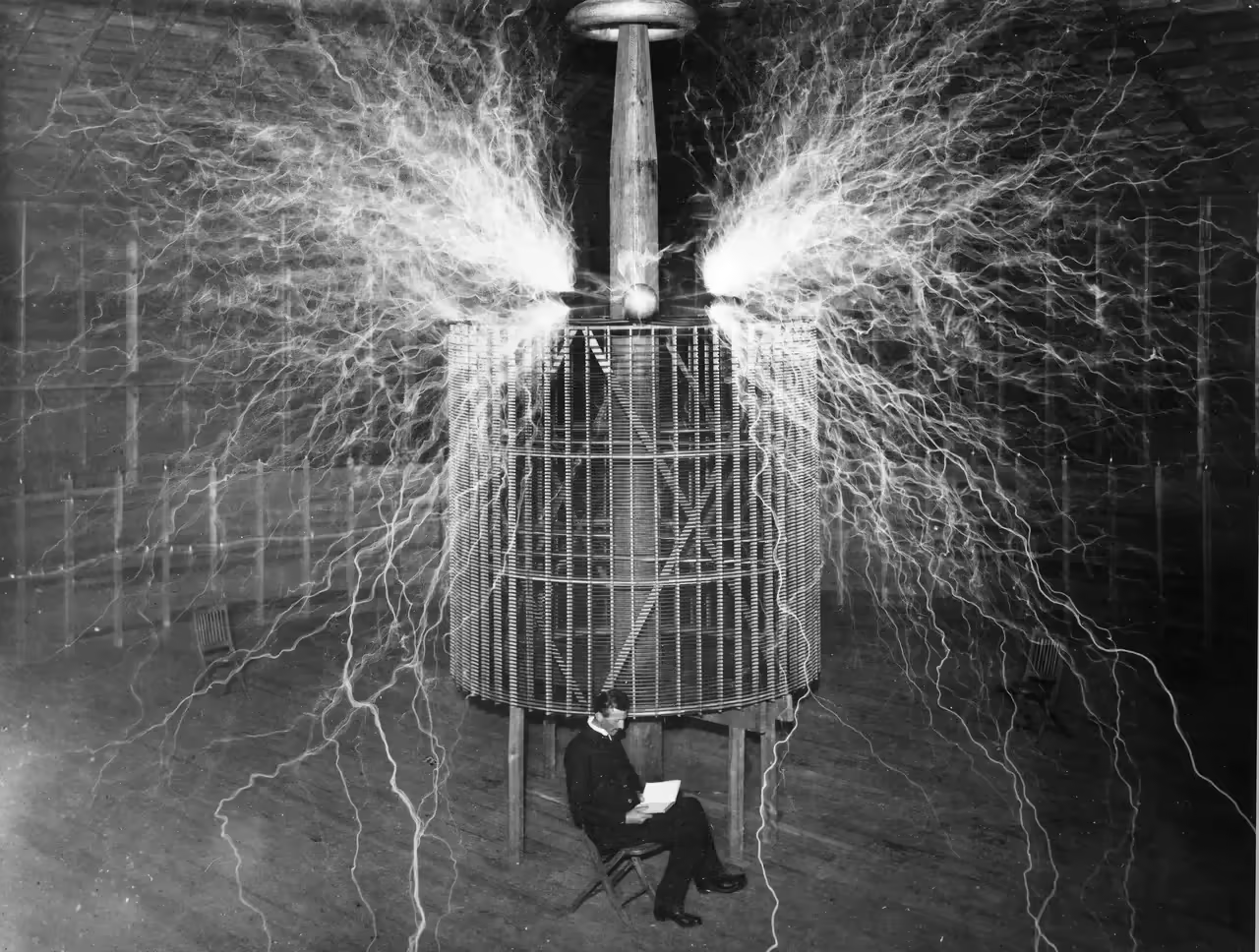
Barbie, the iconic doll that has captured the imagination of millions worldwide, has a fascinating history that often remains hidden behind her impeccable façade. While Barbie has been a symbol of fashion, beauty, and cultural influence, the tale of her origin and the minds behind her creation is a captivating story that is not widely known.
The concept of Barbie emerged from the imaginative mind of Ruth Handler, co-founder of Mattel, who observed her daughter, Barbara, playing with paper dolls and imagining them in grown-up roles. Inspired by this observation, Handler recognized a gap in the market for a three-dimensional, adult-like fashion doll. Thus, in 1959, the first Barbie doll was introduced at the American International Toy Fair in New York City.
However, the design of the doll wasn’t solely Handler’s creation. She collaborated with Jack Ryan, an engineer, to bring the concept of a three-dimensional adult-like doll to life. Ryan’s expertise in the toy industry and his understanding of materials were crucial in shaping the early designs of Barbie. Notably, the doll was inspired by a German doll called Bild Lilli, which Ruth came across during a trip to Europe. Although Bild Lilli was initially a comic strip character, Ruth saw the potential for a similar doll to fill the gap she perceived in the American market.
Barbie’s launch was met with mixed reactions. Critics raised concerns about the doll’s figure, her adult-like appearance, and the potential impact on young girls. Despite this, Barbie became an instant success and went on to become a cultural icon.
Throughout the years, Barbie has evolved to represent a diverse range of professions, ethnicities, and styles, adapting to changing societal norms and advocating for inclusivity and empowerment. Her influence extends beyond just a toy, as she became a reflection of the times, mirroring societal changes and aspirations.
What often remains lesser-known is the significant impact Barbie had on the toy industry, and more importantly, the way she empowered generations of young individuals to dream big and envision a world where anything is possible.
Behind the Icon: Curiosities About the Creation of Barbie
Barbie, the epitome of beauty and style, has charmed generations with her glamorous appearance and diverse career choices. However, the lesser-known anecdotes surrounding her creation shed light on the fascinating journey behind the making of this iconic doll.
Upon Barbie’s debut at the American International Toy Fair in 1959, she faced both praise and criticism. While some praised the doll’s innovation and design, others expressed concerns about her adult-like appearance and potential impact on young girls’ body image. Despite the initial backlash, Barbie soon became a commercial success and an enduring cultural icon.
An often overlooked fact is that Barbie’s success was not just due to her appealing appearance but also her adaptability. Throughout the years, Barbie has embodied various professions, reflecting the changing societal landscape and advocating for diversity and inclusivity. Her numerous career iterations, from an astronaut to a doctor, have empowered countless children to dream and aspire to careers beyond traditional gender roles.
Barbie’s impact reaches far beyond the toy aisle. She has become a canvas for reflecting societal changes and a cultural touchstone that transcends generations. Her evolution mirrored the shifts in fashion, culture, and societal expectations, making her an icon that stands for more than just a toy.
Barbie: Beyond the Doll – Little-Known Facts
Barbie, the epitome of style and sophistication, represents far more than just a toy. Delve into the lesser-known aspects of this iconic figure, and discover the intriguing, lesser-discussed details that go beyond the plastic exterior.
Ruth Handler’s Vision: Ruth Handler, one of the co-founders of Mattel, envisioned a three-dimensional fashion doll when she observed her daughter Barbara playing with paper dolls, igniting the idea that led to Barbie’s creation.
Inspiration from Bild Lilli: Handler drew inspiration from the German doll Bild Lilli, which was initially a comic strip character. This unique encounter during her trip to Europe served as a catalyst for Barbie’s design.
Debut at American International Toy Fair: Barbie made her first appearance at the American International Toy Fair in 1959, sparking a blend of admiration and concern due to her adult-like appearance, a radical departure from the conventional dolls of the time.
Adaptable and Inclusive: Barbie’s various careers and personas have evolved to mirror societal changes, breaking barriers and advocating for diversity. From astronauts to doctors, her diverse roles have inspired generations to dream beyond traditional gender norms.
Global Impact: Barbie’s influence stretches beyond borders, resonating with different cultures and generations, adapting to represent the ideals and aspirations of each era.
Critique and Controversy: Over the years, Barbie has faced criticism for her portrayal of an unrealistic body image, sparking debates on beauty standards and their impact on young minds.
Cultural Touchstone: Barbie’s evolution mirrors shifts in fashion, culture, and societal expectations, making her a symbol of empowerment and adaptability.
Pop Culture Influence: Barbie’s presence in the entertainment industry, from movies to fashion shows, solidifies her status as an enduring cultural icon.
Technological Advancements: The doll has adapted with the times, incorporating technological features and innovations to stay relevant in an ever-changing world.
Legacy and Enduring Appeal: Despite the passage of time, Barbie remains a timeless and influential figure, captivating the imagination of countless individuals and serving as an inspiration for innovation and empowerment.
Barbie’s story goes beyond being a mere doll. It symbolizes innovation, diversity, and cultural adaptation, transcending its physical form to become an emblem of empowerment, inclusivity, and resilience.
The Evolution of Barbie: Unusual Versions You Might Not Know About
Barbie, the iconic doll synonymous with fashion and style, has gone through a remarkable evolution that extends far beyond her classic iterations. While many are familiar with her typical appearances, there exist some lesser-known and unusual versions that showcase Barbie’s diverse and sometimes unexpected transformations.
Barbie’s Debut: From her inception in 1959, Barbie has consistently adapted to reflect societal changes. However, lesser-known is her debut appearance in a black-and-white striped swimsuit, a classic design that has become an iconic representation of the doll’s early years.
Mod and Groovy Barbies: During the 1960s and 1970s, Barbie embraced the mod culture with psychedelic patterns, bold prints, and vibrant colors. These versions captured the essence of the era’s fashion and culture.
Astronaut Barbie: In the 1960s, during the space race, Barbie boldly went where no doll had gone before, assuming the role of an astronaut. This innovative version celebrated women’s achievements in space exploration.
Barbie and the World of Fantasy: Over the years, Barbie has ventured into the realm of fantasy, featuring mermaid, fairy, and even princess versions, captivating the imagination of children with magical and dreamlike themes.
Diverse Career Barbies: Beyond the standard careers, Barbie has taken on diverse and unexpected roles, such as a computer engineer, paleontologist, and even a presidential candidate. These versions aimed to inspire young minds and challenge gender norms.
Cultural Explorations: Barbie’s global influence is evident in versions that celebrate various cultures and traditions, showcasing diverse outfits and accessories that represent different parts of the world.
Limited Editions and Collaborations: Barbie has collaborated with renowned designers and brands, resulting in limited edition and collector Barbies that push the boundaries of fashion and creativity.
Barbie and Technology: As technology advanced, so did Barbie. Technologically enhanced versions, including interactive and AI-powered Barbies, aimed to keep up with the digital age.
Controversial and Thought-Provoking Versions: Barbie has not been immune to controversy. Some versions have sparked discussions due to unconventional themes or design choices, challenging societal norms and perceptions.
Barbie as a Cultural Icon: Throughout her evolution, Barbie has become a symbol of diversity, empowerment, and adaptability, influencing generations and leaving an indelible mark on pop culture.
Secrets from the Box: Surprising Insights About Barbie
Barbie, the iconic doll that has graced the lives of millions worldwide, harbors within her history a treasure trove of fascinating and lesser-known details. Delve into the hidden secrets tucked away within the box to discover the intriguing and unexpected facets of Barbie’s story.
The Prototype of Bild Lilli: Barbie’s origin traces back to the German doll Bild Lilli, initially intended for adults and inspired by a racy comic strip character. Ruth Handler encountered this doll during a trip to Europe, sparking the vision for what would eventually become Barbie.
Debut at the Toy Fair: In 1959, Barbie made her grand entrance at the American International Toy Fair in New York City. Her appearance in a sleek black-and-white striped swimsuit revolutionized the doll industry, challenging traditional perceptions of toy design.
Criticism and Praise: Barbie’s launch invoked both acclaim and apprehension. Her adult-like figure and fashionable appearance triggered debates about body image and appropriate play for young girls.
Hidden Collaborations: Over the years, Barbie has engaged in various collaborations with famous designers, artists, and brands, resulting in limited-edition and collector Barbie editions that have become highly sought after by enthusiasts and collectors.
Evolution of Careers: Beyond her glamorous image, Barbie’s career choices have evolved extensively, showcasing unconventional roles like computer engineer, architect, and more, encouraging girls to explore diverse professions.
Technological Advancements: Barbie has adapted with the times, integrating technological advancements such as interactive features, voice recognition, and even AI, providing a glimpse into the future of interactive toys.
Cultural Reflection: Barbie’s diverse cultural versions have celebrated various traditions and ethnicities, promoting inclusivity and reflecting the global nature of her impact.
Controversies and Transformations: Some Barbie versions, be it for unconventional themes or design choices, have sparked controversy, becoming symbols of societal evolution and shifting norms.
Global Influence: Barbie’s impact spans across nations and generations, making her an enduring cultural icon and a reflection of societal changes.
Legacy and Enduring Appeal: Barbie continues to inspire imagination, creativity, and empowerment, leaving an indelible mark on the world of toys and pop culture.







